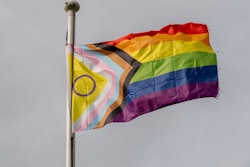Tyler Clementi’s suicide made international headlines.
In 2010, the 18-year-old Rutgers University-New Brunswick student jumped to his death from the George Washington Bridge after his roommate—Dharun Ravi—used a webcam to record him kissing another man. Ravi later posted the incident on Twitter.
Embarrassed and ashamed, Clementi left his dorm room on the evening of September 22, 2010 and headed toward the George Washington Bridge. Before jumping, he posted a message from his cell phone to his Facebook page that read: “Jumping off the gw bridge sorry.”
Clementi’s death put a national spotlight on the issue of cyberbullying and also forced colleges and universities across the country to rethink how it responds to a myriad concerns that impact its LGBTQ community.
Shortly after Clementi’s death, students planned a memorial service and vigil to remember the star violinist who had just embarked on a college career filled with so much hope and promise.
“We grieve for him and his family, friends and classmates as they deal with the tragic loss of a young gifted man,” Rutgers former president, Dr. Richard P. McCormick said at one of the memorial services.
For Rutgers—the public flagship research university in New Jersey—Clementi’s death represented an opportunity to turn an awful tragedy into a valuable learning experience. It was an opportunity to turn pain into healing.




















